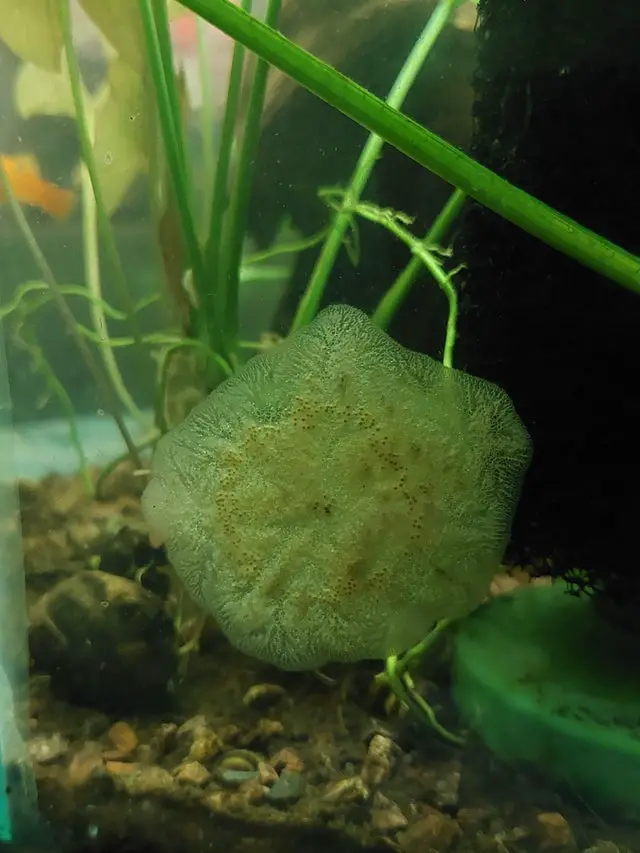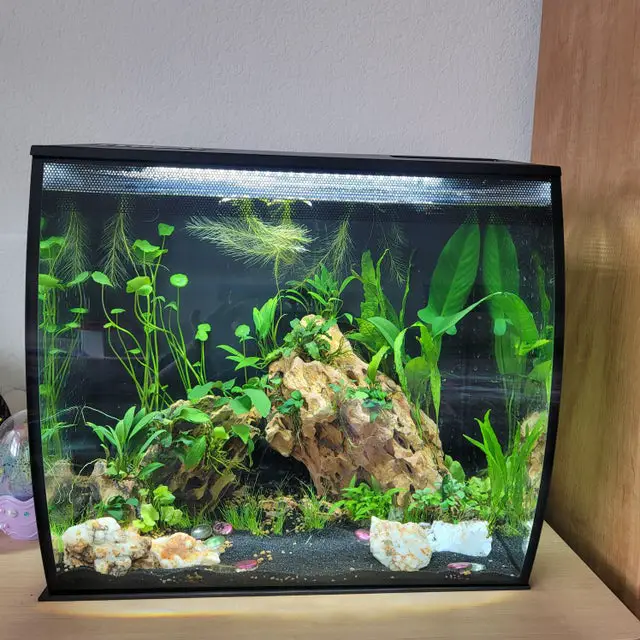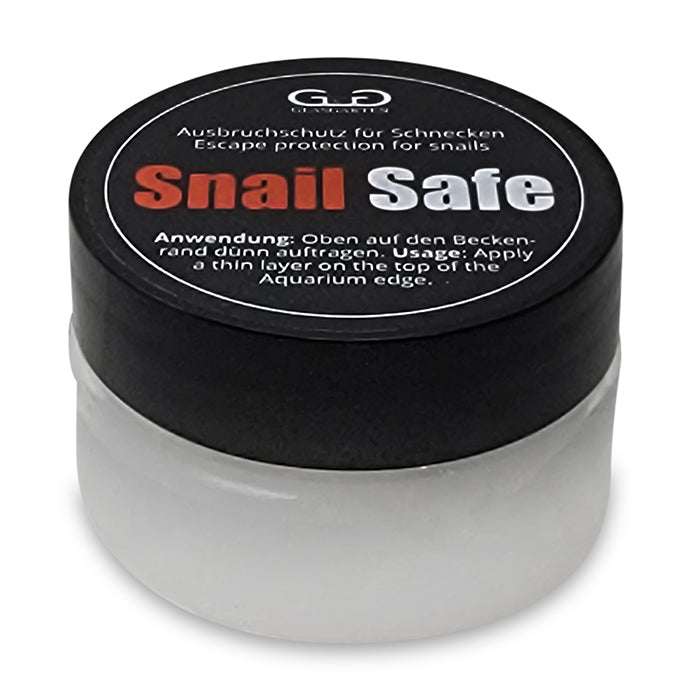How to Fix Aquarium Leak?
To fix an aquarium leak, the first step is to locate it. Check the seams of the tank and make sure they are sealed properly. If there is a crack or hole, use silicone sealant to patch it up.
Make sure you apply pressure along the edges of the crack while sealing it in order to secure a proper seal. Once that’s done, check for any other potential leaking points such as around pipes or fixtures connected with tubing and tighten them securely using pliers if necessary. If water is present on top of your tank lid, make sure all gaskets are placed correctly and tight enough so no water can escape from underneath them.
Lastly, inspect all hoses connected with your filter systems and ensure there are no tears or cracks visible then replace them if needed—this will prevent further leaks from occurring in future too!
- Locate the Leak: The first step in fixing a leaking aquarium is to locate the source of the leak. This can be done by inspecting all of the seams and joints on your tank, as well as any connections between tanks or filter systems. If you’re unable to find the exact spot where water is escaping from, try filling up your tank with a few inches of water and then monitoring it over time; if there’s an area that loses liquid quickly, then this could indicate where the leak is coming from.
- Get Supplies for Repairs: Once you know where your aquarium is leaking, it’s time to get supplies for repairs! Depending on what kind of material makes up your tank (glass or acrylic), you may need silicone sealant or epoxy specifically designed for use in aquariums. Just make sure whatever product you purchase will work best with your specific type of tank before proceeding.
- Clean Area Around Leak Site: Before attempting any repair job on an aquarim, it’s important to clean around the site of potential leakage thoroughly so no dirt or debris gets trapped beneath new seals during repairs later down the line. This could potentially cause more leaks further down the road! You should also make sure that both surfaces (inside and outside) are completely dry before applying any sealants/epoxies so they adhere properly when applied
- Apply Sealant/Epoxy: After cleaning around and drying off both surfaces near leakage sites , apply one even layer of either silicone sealant or epoxy according to manufacturer instructions. Whichever product was chosen based off individual needs at beginning stages. Allow sufficient curing time afterwards typically 24 hours before refilling Tank with fresh water per usual routine maintenance procedures.
HOW TO: Reseal a leaking aquarium – TUTORIAL
My Fish Tank is Leaking from the Bottom
If you’ve noticed that your fish tank is leaking from the bottom, it’s important to take action right away. The leak could be caused by a crack in the sealant at the base of the tank or an issue with one of its components like a filter or pump. If left unchecked, water can damage your floor and walls, as well as cause stress to your fish if their environment becomes too unstable.
To prevent further damage, make sure you identify and repair the source of the leak quickly so you can keep your fish safe and healthy!
How to Fix a Leaking Fish Tank Without Draining
If you have a leaking fish tank, there are some steps that you can take to fix it without draining the tank. First, check for any visible cracks or holes in the aquarium and if found, seal them with silicone aquarium sealant. Next, check the sealants around all of your equipment such as filters and pumps to make sure they are not damaged or loose.
Finally, inspect the glass seams for gaps which can be sealed with more aquarium sealant and silicone caulk. Following these steps should help stop your leaking fish tank without having to drain it.
New Fish Tank Leaking from Bottom
If your new fish tank is leaking from the bottom, it could be due to a faulty seal or a crack in the aquarium glass. Inspect the entire bottom of the tank for any signs of damage and make sure all parts are properly sealed. If you can’t locate any obvious source of leakage, consider getting professional help to ensure that your tank is properly maintained and safe for your fish.
How Long before Fish Tank Leaks
Fish tanks are generally watertight, but over time leaks may occur due to wear and tear on the tank or faulty installation. To prevent a leak from happening, it is important to regularly inspect your fish tank for signs of damage or weakness. It is also important to ensure that the aquarium was installed correctly and that no cracks exist in the glass.
If any problems arise, they should be addressed immediately as this could lead to catastrophic leakage if left unchecked.
Fish Tank Leaking from Top
If you notice your fish tank leaking from the top, it is likely due to a crack or hole in the glass. This can be caused by an accident, like dropping something heavy on the tank, or wear and tear over time. In any case, you should stop using the tank immediately and get it professionally repaired or replaced before more water damage occurs.
Fish Tank Repair Shop
If you are a fish enthusiast, having an aquarium in your home can be both enjoyable and relaxing. Unfortunately, just like any other piece of equipment, aquariums require regular maintenance and repair from time to time. Fortunately, there are many specialized shops that offer professional fish tank repairs for all types of tanks.
From cleaning filters to replacing damaged glass fixtures, these experienced technicians have the expertise needed to keep your aquatic friends swimming happily for years to come!
How Much Does It Cost to Reseal a Fish Tank
If you need to reseal your fish tank, the cost will depend on the size of the aquarium and how much silicone sealant is needed. Generally speaking, expect to spend anywhere from $20-$50 for supplies and materials, plus an additional 2-4 hours of labor for a professional. If you’re willing to do it yourself, the costs can be significantly lower since all you’ll need are a few tools like caulk guns and razor blades in addition to some basic knowledge of aquatic maintenance.
Fish Tank Repair Kit
A fish tank repair kit is essential for any aquarium owner. It contains all the necessary tools and supplies needed to fix minor damage, such as cracks or leaks, that may occur in your aquarium. The kit typically includes a putty knife, caulk gun, acrylic patch sealant, silicone adhesive and other items depending on the manufacturer’s specifications.
With this handy tool you can easily keep your fish tank in working order without having to call a professional!

Credit: www.wikihow.com
Why is My Fish Tank Leaking from the Bottom?
If you’ve noticed that your fish tank is leaking from the bottom, it can be a distressing experience. Water leaks are often caused by faulty seals in aquariums or defects in the construction of the tank itself. The first step to take when troubleshooting a leaky tank is to check all of the seams and joints for any signs of damage or separation.
If these areas appear undamaged, then there may be an issue with the substrate material being used inside the tank, such as pea gravel or sand that isn’t properly sealed or has shifted out of place due to water pressure changes over time. Another possibility is a crack in one of your aquarium decorations that allows water to seep out through small gaps between pieces. It’s also possible for tanks to develop leaks if they were improperly set up initially, so double-check your setup process and make sure everything was done correctly before attempting any repairs on your own.
Is It Hard to Reseal an Aquarium?
Resealing an aquarium can be a difficult task, but it is not impossible. It often requires the removal of the old sealant, cleaning and preparing the surfaces to be sealed, applying new sealant, and allowing ample time for curing before adding water or fish. Depending on the size of your aquarium and its composition (glass or acrylic), you may need some specialized tools in order to complete this project properly.
Additionally, you will want to take precautions when dealing with chemicals as they can be hazardous if used improperly. If done right however, resealing an aquarium should prevent any further leaks or damage from occurring. It is important to research how-tos thoroughly before embarking on such a project so that you are prepared for any potential issues that could arise during the process.
How Do You Temporarily Fix a Leaking Aquarium?
If your aquarium is leaking, it can be a daunting task to figure out how to temporarily fix the issue. However, if you act quickly and use the right materials you can stop its progress until you’re able to make more permanent repairs. The first step is to determine where the leak is coming from so that you can target it with an appropriate solution.
If possible take pictures of the area before doing any work as this will help when making longer term repairs in future. Once you’ve identified where the leakage is coming from, gather some waterproof material such as silicone sealant or epoxy glue and apply it directly over the affected area while taking care not to disrupt any other part of your aquarium set-up. Let this dry for at least 24 hours before testing whether or not it has been successful in stopping up the hole.
If necessary repeat this process again ensuring that each layer of sealant fully dries before adding another one on top; however, bear in mind that too much sealant may cause structural issues down the line so try not to add too many layers! Lastly remember that although these temporary fixes are effective they are only intended as a short-term measure; therefore once they have done their job properly replace them with proper long-term solutions such as resealing or replacing parts of your tank setup entirely.
How Do You Seal a Leaking Tank?
If you have a leaking tank, it’s important to take care of the problem as quickly as possible. The first step is to locate the source of the leak and then determine what needs to be done in order to seal it. Depending on where the leak is coming from, there are several methods that can be used in order to fix it.
If the leak is near an edge or seam, then you may need to use epoxy glue or adhesive tape for sealing. If a hole or crack has formed in your tank, then a patch may also be necessary depending on its size and location. Additionally, if corrosion has caused holes that cannot be patched up easily, it may require welding with special tools such as solder and flux paste in order to properly repair them.
After all repairs have been made, you should use some kind of sealant around any edges where water could potentially enter again – this will help keep your tank watertight for longer periods of time without requiring frequent maintenance work due diligence!
Conclusion
Overall, the most important thing to remember when it comes to fixing an aquarium leak is that you should take your time and do plenty of research before attempting any complicated repairs. It may be tempting to try to fix a problem quickly but it’s always best practice to double-check all measurements, materials, and instructions before beginning. With the right preparation and know-how, you can easily repair an aquarium leak without too much trouble!






